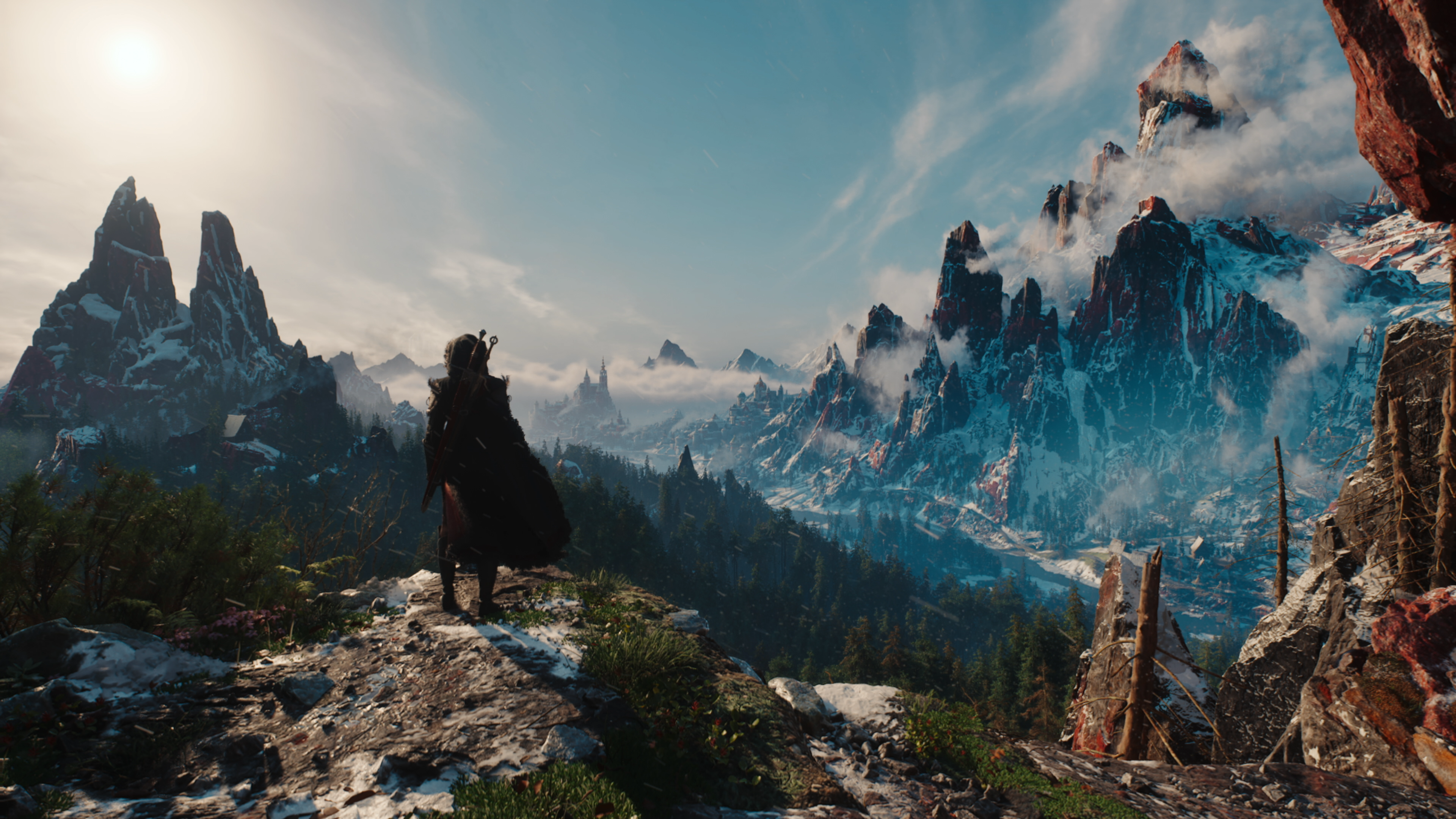The Witcher 4 dev says the tools behind its PS5 tech demo "unlock me as an artist," and that CDPR will use them "to create much bigger things" in future
"You can be more expressive, you can be more playful, you can try to dream a little bit more"

The Witcher 4's tech demo might not have been a wholly accurate representation of what the final game will look like, but the Unreal Engine technology that drove it should help developers across the industry "dream a little bit more" when it comes to their own projects.
In an interview with GamesRadar+, Wyeth Johnson, senior director of product strategy for Unreal Engine, says that "every developer who uses Unreal will benefit from what we showed today." What Unreal creator Epic showed hinged on The Witcher 4 and its new tech demo, which showed a dense, detailed version of the region of Kovir, running at 60fps on a base PS5.
Together, Epic and CD Projekt Red covered the ways in which Unreal Engine can be used to create detailed forests or large crowds of unique NPCs – without individual devs having to spend dozens of hours sculpting every branch or character's face. That tech allows for easier creation in less time, and Johnson says that's "good for everybody that uses it."
That's a point that Johnson was keen to emphasize. The Unreal ecosystem, he points out, "is vast," and touches almost any industry you can think of. That has its downsides, however, in the fact that Unreal's devs use their own instincts to create the tools they think and hope any given development might use, "but there's no possible way that we could push in every direction to the apex level that developers like CD Projekt Red are capable of pushing."
Julius Girbig, senior technical animator who helped put together the tech demo, likens it to a massive game development toolbox, in which studios are able to pick and choose the tools they want to use. But they can also choose to leave certain tools in the box if they don't need them, or even create their own tools to add to it. "That's also what is really powerful for us – that if we don't require a certain feature, we don't use it, and we create our own version of it, or we build on top of something that's already there."
Overall, Johnson notes, Unreal's success stems from what each developer makes of it. "Performance is not just what a player interacts with – it's also what a developer interacts with," he says. "And when the water level goes up and the time to achieve quality goes down, then you can be more expressive, you can be more playful, you can try to dream a little bit more than just worrying about all these systems holding you back."
That's a sentiment that was echoed by Girbig. His focus was on the marketplace that Ciri walks through, and he says that the animation framework and mass AI tech that were shown off were a key part of his work. As an animation artist, he says he's "not actually digging into code that much," but was still able to create and refine "hundreds of characters," each with their own behaviors shaped by Unreal.
Weekly digests, tales from the communities you love, and more
"It just unlocks me as an artist. Now, with this engine, it suddenly unlocks me to create much bigger things and think bigger. It's really, really awesome to be able to use things like the nanite foliage to create these vast forests and whatever comes to your mind, and it will be available for everyone."

I'm GamesRadar's Managing Editor for news, shaping the news strategy across the team. I started my journalistic career while getting my degree in English Literature at the University of Warwick, where I also worked as Games Editor on the student newspaper, The Boar. Since then, I've run the news sections at PCGamesN and Kotaku UK, and also regularly contributed to PC Gamer. As you might be able to tell, PC is my platform of choice, so you can regularly find me playing League of Legends or Steam's latest indie hit.
You must confirm your public display name before commenting
Please logout and then login again, you will then be prompted to enter your display name.



